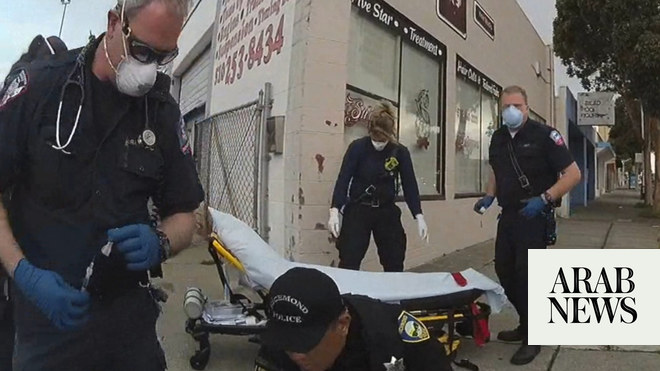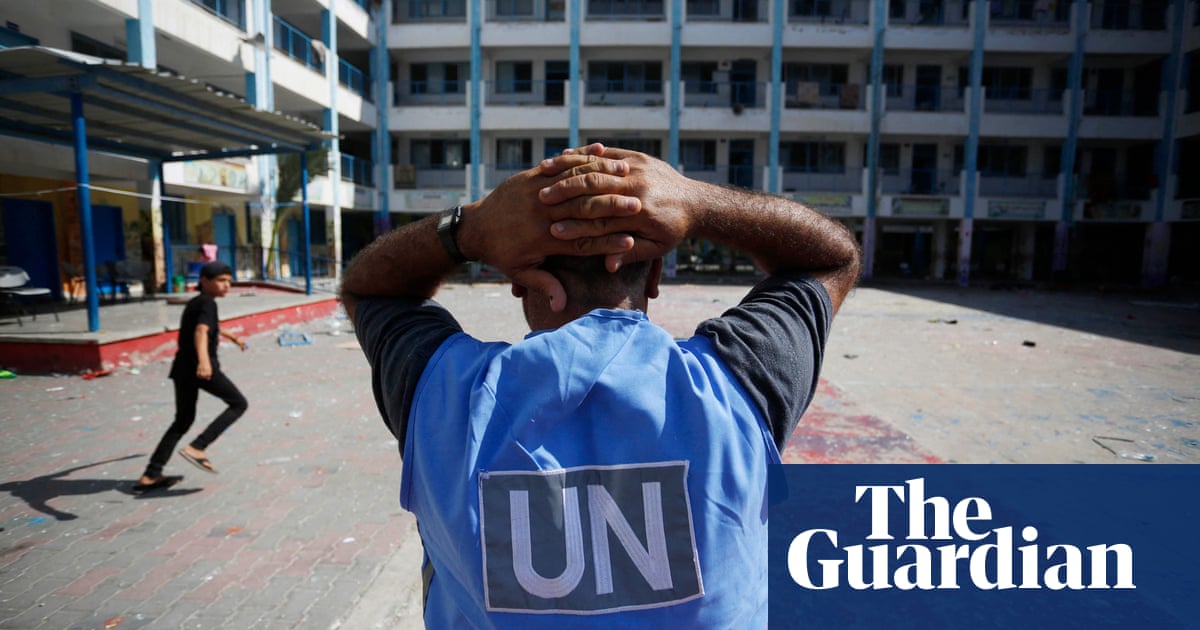
Two researchers, an American and an Israeli, published Friday documents that illuminate for the first time the full scope of the confrontation between US President John F. Kennedy and Israeli Prime Ministers David Ben-Gurion and Levi Eshkol at the beginning of the 1960s over Israel’s nuclear program.
The two researchers are: Avner Cohen, a professor of nonproliferation studies, and William Burr, a senior analyst at the National Security Archive, George Washington University.
In recent days, they published a collection of nearly 50 classified documents that include the entire exchange of messages between the leaders of the two countries, archiving the visits of US inspectors to the Israeli Dimona reactor in 1964.
A former high-level science adviser Prof. Yuval Ne’eman, told the researchers 25 years ago that Israelis in the know saw the situation as a real crisis and Eshkol (Ben-Gurion’s successor) and his associates saw Kennedy as presenting Israel with a real ultimatum.
Ne’eman said: “There was even one senior Israeli official. The former Israel Air Force commander Maj. Gen. (res.) Dan Tolkowsky, who seriously entertained the fear that Kennedy might send US airborne troops to Dimona.”
In the fall of 1960, the outgoing Eisenhower administration first became aware of the Dimona reactor that Israel and France had begun building in secret in 1958. The CIA issued a Special National Intelligence Estimate (SNIE) that determined that “plutonium production for weapons is at least one major purpose of this effort.”
Furthermore, the estimate predicted that if the Arab world believed that Israel was acquiring a nuclear-weapons capability, it would cause “consternation,” and the US and France would be blamed for their presumed support of the project.
Outgoing Secretary of State Christian Herter told Kennedy that the Dimona reactor would be able to produce 90 kilograms of weapons-grade plutonium in two years, urging him to press hard for inspections of Dimona.
Dimonas management team explained before the US inspectors that the aim of the project was to gain experience in building and operating nuclear reactors that could be used in the future for peaceful power generation.
The team was “satisfied that nothing was concealed from them and that the reactor is of the scope and peaceful character previously described.”
Ben-Gurion presented to Kennedy during a meeting in New York, on May 31, 1961, a consistent justification with what the Dimona management team had told the American scientists: The nuclear project was peaceful in nature; it was about energy and development.
However, Ben-Gurion added: “For the time being, the only purposes are for peace. … But we will see what will happen in the Middle East. It does not depend on us.”
The meeting with Ben-Gurion helped to clear the air for some time, but it did not remove lingering American doubts and suspicions about Israel’s nuclear intentions.
The Americans began trying to arrange a second visit to Dimona and after frequent requests over several months, that such visit finally took place for no more than 45 minutes on September 26, 1962.
A senior CIA official was quoted as saying: “There were certain inconsistencies between the first and second inspection reports.”
Kent Sherman, director of the Office of National Estimates, warned that “Israel’s policy toward its neighbors would become more rather than less tough… it would … seek to exploit the psychological advantages of its nuclear capability to intimidate the Arabs and to prevent them from making trouble on the frontiers.”












